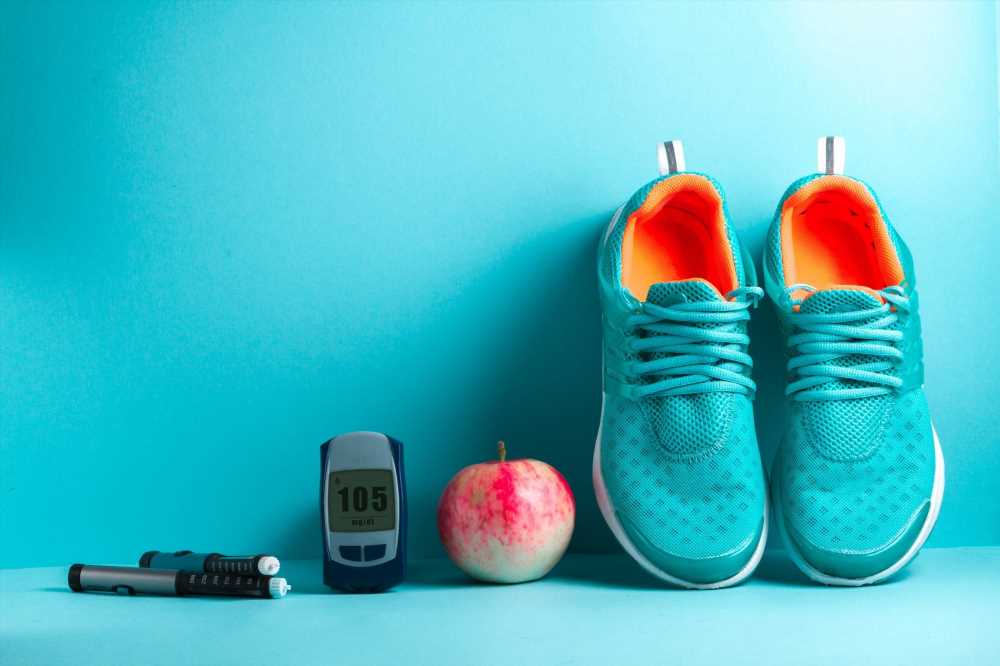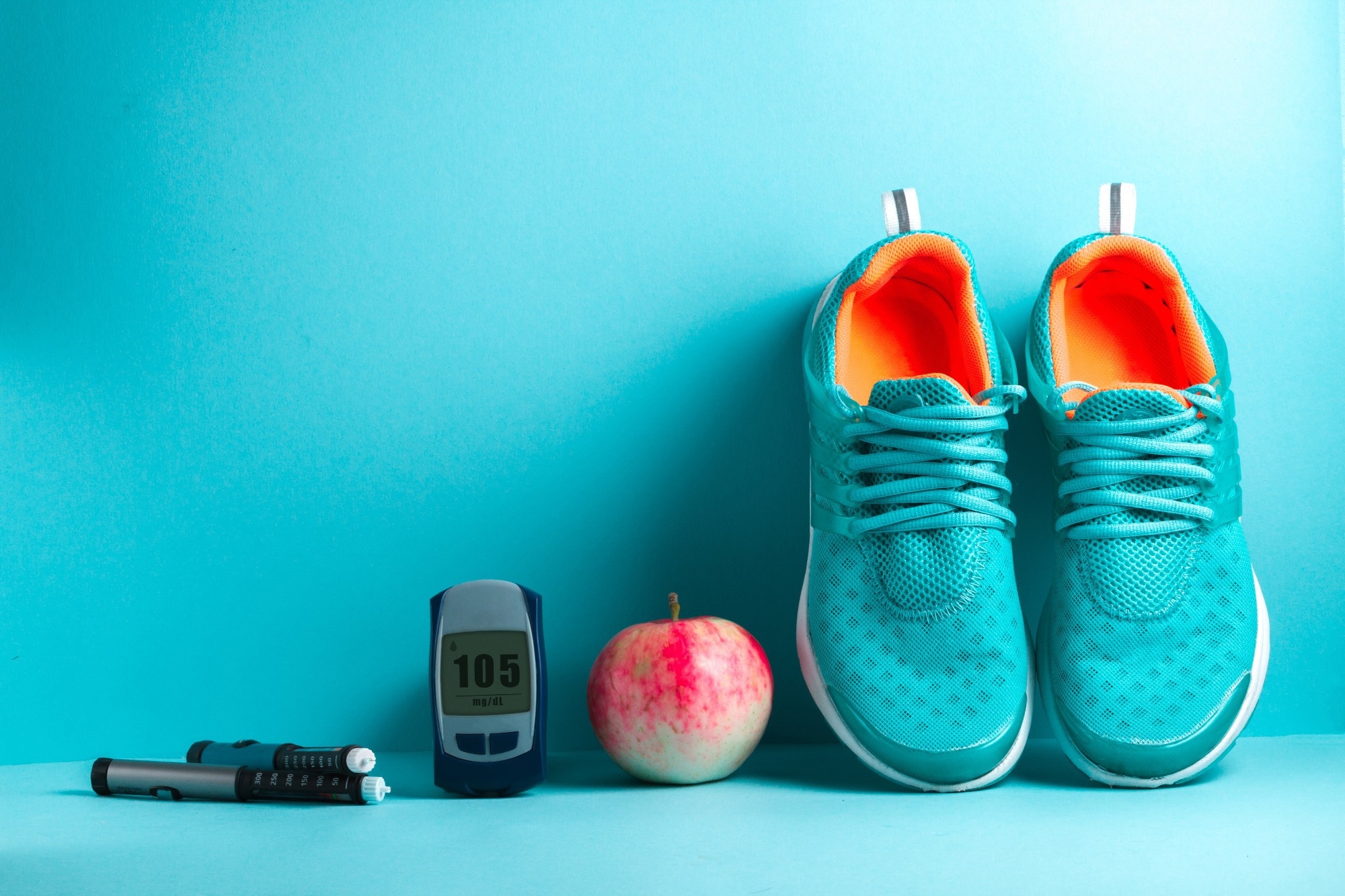

In a recent study published in Scientific Reports, researchers developed a sensor for non-invasive glucose determination in body fluids such as saliva.
 Study: Monitoring saliva compositions for non-invasive detection of diabetes using a colorimetric-based multiple sensor. Image Credit: goffkein.pro/Shutterstock.com
Study: Monitoring saliva compositions for non-invasive detection of diabetes using a colorimetric-based multiple sensor. Image Credit: goffkein.pro/Shutterstock.com
Background
Diabetes, a metabolic illness, affects people aged 45 and over and is generally caused by family history, poor diet, and a high body mass index (BMI).
Diabetes problems such as cardiovascular, renal, and limb amputations can result from a lack of control. Patients' glucose levels should be checked several times throughout the day using tests such as fasting blood glucose (FBG), oral glucose tolerance test (OGTT), and glycated hemoglobin (HbA1c).
About the study
In the present study, researchers devised a sensor to identify diabetic individuals based on changes in their salivary metabolites. The sensor's performance was evaluated qualitatively and quantitatively, focusing on the unique color patterns observed in diabetic patients.
A paper substrate was used to construct a multifunctional sensor to detect and manage diabetes development quickly.
The sensor used porphyrazines, pH-sensitive dyes, and silver nanoparticles (AgNPs) to detect variations in salivary composition between diabetics and non-diabetics. The colorimetric responses from salivary composition analysis were compared to fasting blood glucose (FBG) levels obtained from conventional laboratory tools.
The substrate comprised two layers that were folded over one another. The salivary sample was injected into the first layer. It penetrated the substrate, reacting with sensor components to bind salivary metabolites with their receptors, causing a color change in the sensor components that was apparent to the naked eye.
The construction reduced saliva viscosity interference while shortening the analysis duration and preventing sensor device elements from moving.
Cobalt, copper, and zinc cores were used with organic dyes [combined with phenylboronic acid (PBA) and tetrabutylammonium hydroxide (TBOH)], and silver nanoparticles [comprising L-arginine, chitosan, and thiomalic acid (TMA) as coating agents] were incorporated as receptors.
The study aimed to provide distinct color patterns for diabetes patients that differed from those of healthy individuals.
Principal component analysis-linear discriminant analysis (PCA-LDA) was performed to assess the sensor's capability to discriminate between diabetic and non-diabetic individuals based on their salivary metabolic profiles.
For each sample, the entire sensor response was computed, and its association with participants was explored. The repeatability of sensor responses was investigated by making five origami-based sensors. The reactions, expressed as Euclidean norms, were tested for some time to evaluate the stability of the array-based sensor.
Results
Each research group received a unique color map that can be tracked using a scanner. The colorimetric response from salivary composition analysis correlated with the fasting blood glucose (FBG) value assessed by conventional laboratory tools.
Individuals were categorized as diabetic or non-diabetic, with an accuracy of 89%. The sensor's performance increased in direct proportion to the dye concentration.
The best results were obtained using a molar ratio 4:1 (organic dye: reagent). For data gathering, the sensor reaction time was four minutes. Only two tetrapyrrole macrocycles, Zn-Pa (S2) and Cu-Pa (S3), reacted to saliva chemical substances.
The sensor detected variations in metabolite concentration. The hue of organic dyes mixed with PBA was altered by salivary metabolites among people with diabetes. Silver nanoparticles produced with chitosan accumulated exclusively when diabetic saliva samples were present, and their color changed from yellow to brown.
After introducing thiomalic acid (TMA)-AgNPs to the saliva secretions of individuals with and without diabetes, this phenomenon was observed. The discoloration of methyl red and TBOH coincided with the blood glucose categories stated.
Due to their distinct properties and sensitivity, sensing receptors based on nanoparticles better-determined blood glucose levels with shorter intervals. The sensor's response was unaffected by age changes.
Conclusions
Overall, the study findings highlighted the potential of sensors as non-invasive technologies for continuous diabetes monitoring, particularly in the elderly. The sensor's response was based on color differences in the detecting receptors, facilitating interpretation without operating personnel requirements.
The sensor could detect the chemical content of saliva samples, estimate blood glucose levels, determine mobility, and provide reproducible results.
The sensor's ease of use, portability, and dependability make it a potential alternative to conventional approaches. However, due to the requirement for centrifugation, the sensor's current use is confined to clinical laboratories.
Future designs might improve the structural characteristics of the salivary sensor by using additional layers for pre-treatment and filtering. This would allow for speedier imaging, color analysis, and final response reporting. Adding receptors that can detect the influence of various medicines for diabetes therapy is another objective for future research.
-
Bordbar, M. M., Hosseini, M. S., Sheini, A., Safaei, E., Halabian, R., Daryanavard, S. M., Samadinia, H. and Bagheri, H. (2023) Monitoring saliva compositions for non-invasive detection of diabetes using a colorimetric-based multiple sensor, Nature News. doi: https://doi.org/10.1038/s41598-023-43262-z. https://www.nature.com/articles/s41598-023-43262-z
Posted in: Device / Technology News | Medical Science News | Medical Research News | Medical Condition News
Tags: Amputations, Arginine, Blood, Body Fluids, Body Mass Index, Chitosan, Copper, Diabetes, Diet, Eye, Fasting, Glucose, Glycated hemoglobin, HbA1c, Hemoglobin, Imaging, Laboratory, Metabolite, Metabolites, Nanoparticles, pH, Research, Silver Nanoparticles, Zinc

Written by
Pooja Toshniwal Paharia
Dr. based clinical-radiological diagnosis and management of oral lesions and conditions and associated maxillofacial disorders.